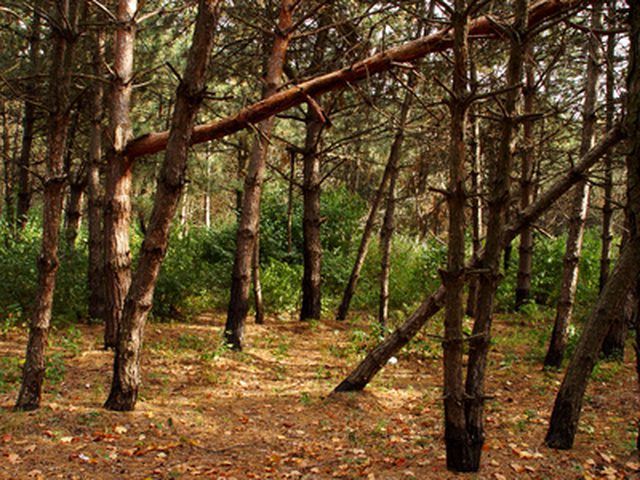Bulbs
Flower Basics
Flower Beds & Specialty Gardens
Flower Garden
Garden Furniture
Garden Gnomes
Garden Seeds
Garden Sheds
Garden Statues
Garden Tools & Supplies
Gardening Basics
Green & Organic
Groundcovers & Vines
Growing Annuals
Growing Basil
Growing Beans
Growing Berries
Growing Blueberries
Growing Cactus
Growing Corn
Growing Cotton
Growing Edibles
Growing Flowers
Growing Garlic
Growing Grapes
Growing Grass
Growing Herbs
Growing Jasmine
Growing Mint
Growing Mushrooms
Orchids
Growing Peanuts
Growing Perennials
Growing Plants
Growing Rosemary
Growing Roses
Growing Strawberries
Growing Sunflowers
Growing Thyme
Growing Tomatoes
Growing Tulips
Growing Vegetables
Herb Basics
Herb Garden
Indoor Growing
Landscaping Basics
Landscaping Patios
Landscaping Plants
Landscaping Shrubs
Landscaping Trees
Landscaping Walks & Pathways
Lawn Basics
Lawn Maintenance
Lawn Mowers
Lawn Ornaments
Lawn Planting
Lawn Tools
Outdoor Growing
Overall Landscape Planning
Pests, Weeds & Problems
Plant Basics
Rock Garden
Rose Garden
Shrubs
Soil
Specialty Gardens
Trees
Vegetable Garden
Yard Maintenance
How to Find Matsutake Mushrooms in Oregon
How to Find Matsutake Mushrooms in Oregon. Matsutakes, or "pine mushrooms," grow in many areas of the Pacific Northwest, including Oregon. Considered a delicacy, matsutakes are white or brown meaty mushrooms with a cotton-like veil, a smooth and dry surface, and a short, broad stem. Matsutakes are prized for their unmistakable spicy and...

Matsutakes, or "pine mushrooms," grow in many areas of the Pacific Northwest, including Oregon. Considered a delicacy, matsutakes are white or brown meaty mushrooms with a cotton-like veil, a smooth and dry surface, and a short, broad stem. Matsutakes are prized for their unmistakable spicy and fruity fragrance. Prime matsutake hunting begins in September, when many mushroom enthusiasts hit the Oregon woods to search out this particular fungi.
Things You'll Need
Permit
Sharp stick or knife
Plastic bucket with airholes and lid
Obtain a permit from your local National Forest Ranger Station. If you are harvesting mushrooms for commercial purposes, you can obtain a five-day permit, a 30-day permit or a full-season permit (60 days) for a fee. A free personal use matsutake permit is also available.
Search for matsutakes in forest areas, particularly lodgepole pine areas above 4,500 feet elevation. Look for them also in Oregon's old growth forests and open manzanita flats. Deschutes and Ochoco National Forests are both popular matsutake hunting grounds in Oregon.
Locate matsutakes by watching for small bumps in the decomposing litter layer--known as "duff"--on the forest floor. Carefully clear the duff from the mushroom to determine where the base is.
Extract the matsutake by inserting a sharp stick or knife under its base to pry it up out of the ground. Pry straight up to minimize damage.
Remove any dirt from the mushroom by gently tapping it. Be sure to keep the mushroom in an upright position while doing so. Remove needles, leaves and soil. Do not clean the veil of the mushroom.
Replace the dirt and duff and pat it firmly into place. This will protect the mycelium (the spores which produce the mushroom) and ensure future matsutake growth in that area.
Place the matsutakes in a plastic bucket with holes drilled in its sides and bottom for circulation. Stack the mushrooms gills down. Place the lid on the bucket. Keep it in the shade.
Tips & Warnings
Inexperienced mushroom gatherers should not eat any wild mushrooms unless an expert confirms they are edible.
Do not rake the duff to find matsutakes; this may ruin the mushrooms, rendering them of no value.
Violators of federal mushroom regulations can be punished by a fine and imprisonment, sometimes both.